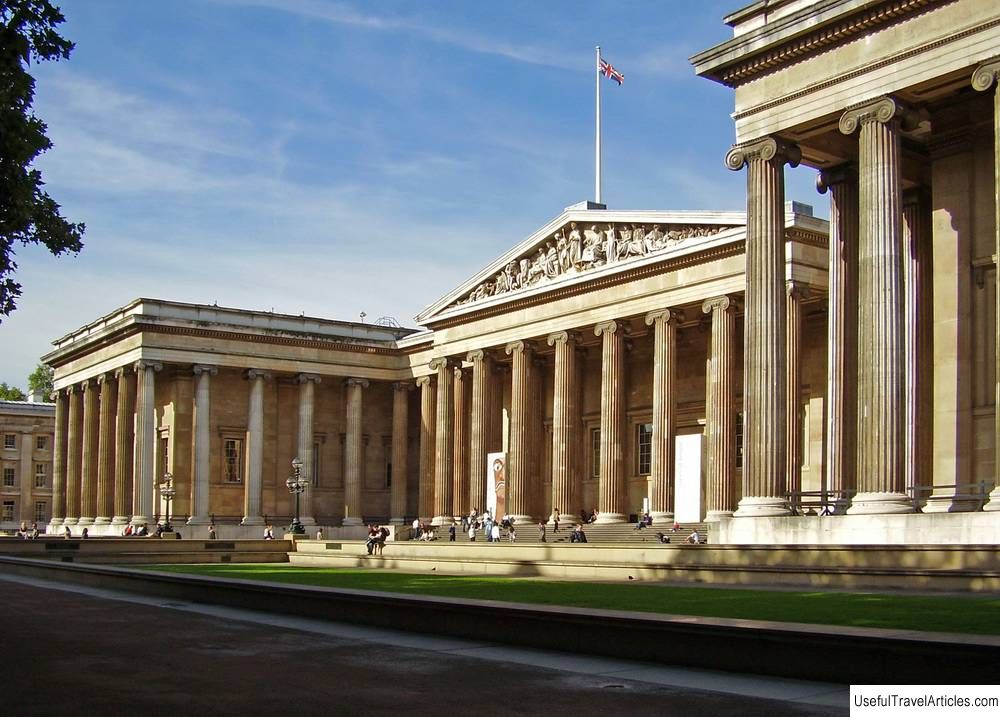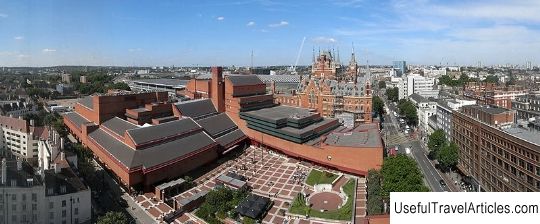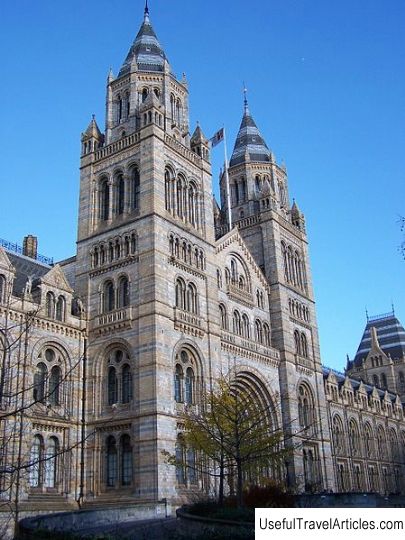British Museum description and photos - Great Britain: London
Rating: 8,6/10 (1545 votes) 
British Museum description and photos - Great Britain: London. Detailed information about the attraction. Description, photographs and a map showing the nearest significant objects. The title in English is British Museum. Photo and descriptionThe British Museum is one of the largest in the world. Founded in 1753, it reflects the history of mankind from its very beginnings. The People's MuseumThe museum began with a collection of the British physician and scientist Sir Hans Sloane, who collected plants, books, manuscripts throughout his life , medals. Sloane bequeathed them to the nation, Parliament passed a special act by which the assembly, along with the royal library, was opened to the public. The British Museum became the world's first museum of a new kind - owned not by the monarch or the church, but by the people. At first, the museum was housed in a specially bought Montague House. But the collection quickly expanded with private collections (for example, the publisher George Thomason, who donated more than 22 thousand documents from the Civil War in England) and the acquisitions of the museum (the results of the expedition of James Cook, Egyptian and Greek treasures). In the first half of the 19th century, the dilapidated Montague House was demolished, in its place Sir Robert Smike built one of the largest buildings in Europe, performing it in a neoclassical spirit. British Museum CollectionCollection intensive replenished with treasures that Britain, the superpower of the 19th century, brought from all over the world. After Napoleon's defeat in Egypt in 1801, the British got the famous Rosetta Stone, thanks to which Champollion deciphered the Egyptian hieroglyphs. The stone was brought to London aboard a captured French frigate, and has been on display in the British Museum since 1802. At the beginning of the 19th century, the museum received such unique exhibits as a colossal bust of Ramses II from ancient Thebes, priceless marble friezes of the Athenian Parthenon, Assyrian and Babylonian antiquities from the collection of the British diplomat Claudius Rich. In 1840, the museum began its own archaeological excavations in Asia Minor. This is how the Mausoleum of Halicarnassus, one of the seven wonders of the ancient world, was discovered - its statues became one of the pearls of the collection. A library of cuneiform tablets of King Ashurbanipal (VII century BC) was opened. Now the British Museum has almost eight million exhibits. Many of them are unique. This is a Minoan gold treasure from the island of Aegina, the legacy of one and a half thousand years BC. e. highly developed civilization. The "treasures of the Oxus" are amazing, gold and silver items of the Achaemenid era (5th century BC), until Benvenuto Cellini jewelry did not reach such perfection. The perfectly preserved gilded mummy of Katebet from the 18th dynasty (about 1250 BC) was taken out of Egypt. Chess pieces from the Isle of Lewis, finely carved from walrus and whalebone bones, depict the upper strata of Norwegian society at the end of the 12th century. At the end of the last century, the museum complex was reconstructed according to the project of Norman Foster, and the Great Courtyard with a mosaic glass roof appeared - the largest indoor space in Europe. The museum is huge, its departments are free to accommodate dimensional Egyptian antiquities, and drawings by Leonardo da Vinci, Raphael, Michelangelo, Rubens, Rembrandt.               We also recommend reading Moscow theater ”School of modern play” description and photos - Russia - Moscow: Moscow Topic: British Museum description and photos - Great Britain: London. |




